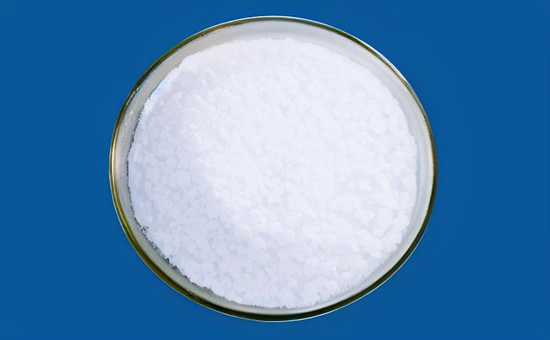
Plastic is a polymer compound made of monomer as raw material through polyaddition or polycondensation reaction, which is one of the three major synthetic materials, which can be used to manufacture various life and industrial products. In the production process of plastic products, some pungent odors may be produced, which are generally mitigated by using deodorants. So what deodorants are used in the processing of plastic products, and what is the difference among them?
1. What are the commonly used deodorants for plastic products?
Commonly used deodorants in the processing of plastic products include activated carbon deodorant, plant extract deodorant, chemical deodorant, negative ion deodorant, powder low-flavor deodorant, PVC liquid deodorant, etc.
Activated carbon has a strong adsorption capacity, which can effectively adsorb harmful gases and odors in the air, and is mostly placed near workshops or equipment to adsorb harmful substances and odors in the air. Plant extract deodorizer is an effective deodorizing ingredient extracted from plants, which can be sprayed on the surface of the production workshop or equipment to quickly decompose and eliminate odors. Negative ion deodorizer is the use of negative ion technology to remove odors, generally placed near the production workshop or equipment, release negative ions, and interact with harmful substances and odors in the air to remove odors.

Chemical deodorants can be added to production equipment or raw materials to remove odors through chemical reactions with odorous substances; Powder low-flavor deodorant: added to plastic products, so that the product has a light fragrance, suitable for the product itself is not high requirements. When using plastics to process plastic products that require environmental friendliness, it is necessary to use environmentally friendly deodorants.
At present, there are deodorants on the market that are different from traditional flavors, which can be directly added to plastics and rubber products to effectively decompose and adsorb ammonia, hydrogen sulfide, methyl mercaptan, methyl sulfide, dimethyl disulfide, trimethylamine, acetaldehyde, styrene sulfur, benzene series, non-methane total tincture and other irritating odors, no pollution, no radiation, no penetration, no toxicity, no whitening, no yellowing.
2. The usage and dosage of deodorants in plastic products
There are many varieties of plastics, and the varieties and dosages of deodorants used in the production of different varieties of plastic products are different, which are usually determined according to specific products and production processes. For example, for PP, PE, PVC, PA, ABS and other resins, the recommended addition amount is 0.1%-0.5%, while for recycled materials, the recommended addition amount is 0.3% or higher, mainly depending on the proportion of recycled materials.
Polyethylene (PE) has good reactivity to deodorants; When using deodorant, the addition ratio can be appropriately adjusted according to the specific situation of the raw materials, and the general addition amount is 0.3%-1%. Polyvinyl chloride (PVC) may release irritating gases such as hydrogen chloride during processing, and the demand for deodorants is high; The amount of deodorant is usually 0.1%-1% of the plastic raw material, and a higher proportion may be required in special cases.
Environmental protection rubber plastic deodorant can be used in PP, PE, PVC and other plastics, good deodorization effect, although the price is high but the dosage is low, the general control word is about 5/10,000 to 8/10,000, can be directly added to the raw materials.
To remove the odor generated in the production of plastic products:use resins with high purity and low monomer residue; Avoid or reduce the use of additives that may cause odors, such as certain stabilizers, plasticizers, or colorants. Optimize the processing temperature and time to avoid excessive temperature and decomposition of materials and odors; Ensure adequate drying, remove moisture from raw materials, and avoid moisture accelerating the degradation of materials during processing and causing odors.
Exclusive original article [commercial authorization] reprint, excerpt and excerpt in any form are prohibited without written authorization. Focus on Hongyun rubber: learn the process formula and raw material technology of producing rubber products from recycled rubber to help you reduce costs and increase profits